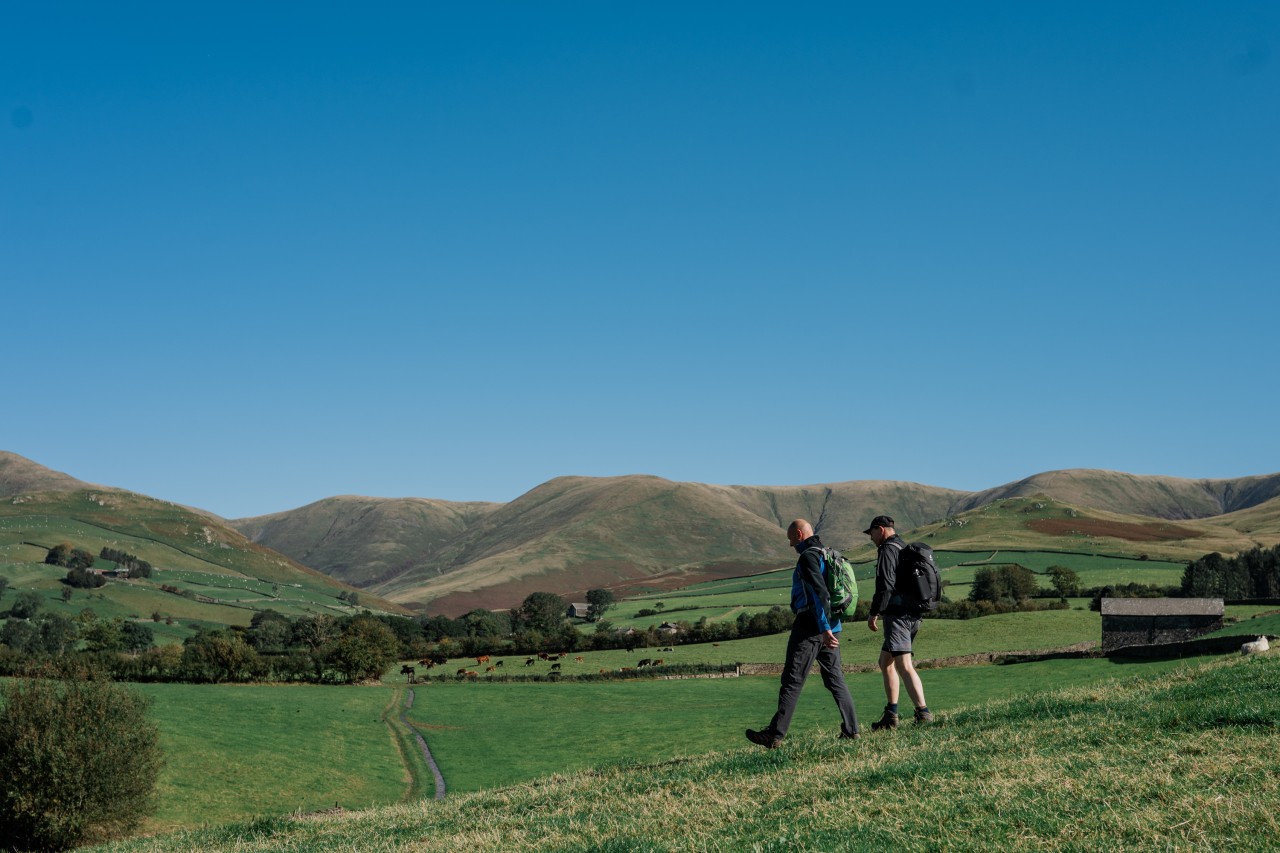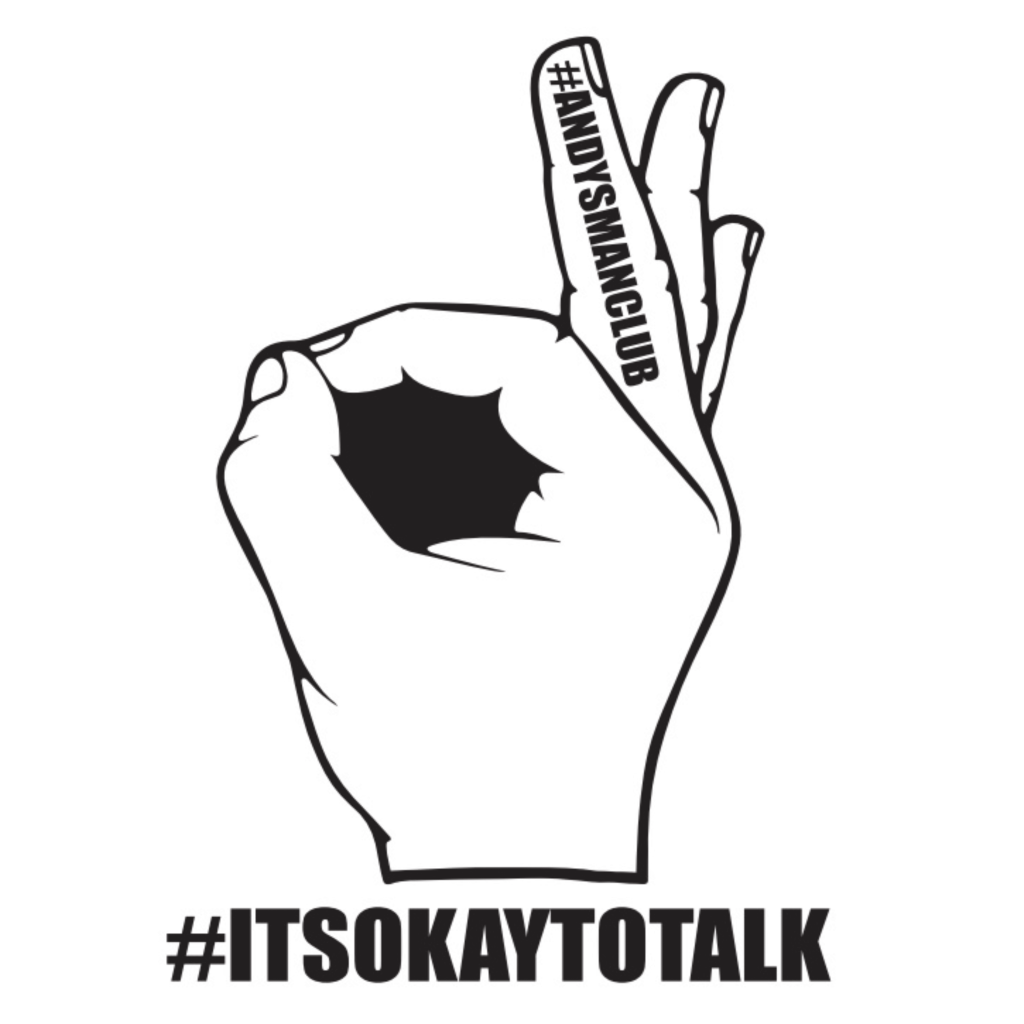How Movement and Nature Help Men Open Up – Without the Pressure
Some men don’t click with the therapy room. Walk and Talk takes the work outside, side-by-side, where movement and nature do some of the heavy lifting. It often feels more natural, less exposing, and can make it easier to speak honestly – but it’s not without its challenges.
Why Many Men Hesitate
Plenty of men tell me they know that they need to sort things out; but they’re not keen on the ‘idea’ of therapy. Sitting in a room, face-to-face, can feel formal or claustrophobic. It can trigger restlessness or the sense that you have to perform – like there’s a right way to do therapy. For some, there’s also the old belief that asking for support equals weakness. Add a busy mind, a tired body and a full calendar, and it is easy to put things off.
A Walk and Talk approach takes therapy into a different setting that caters to men’s preferences and fits more readily with how many men actually process things.
Why Walking Helps
Walk-and-Talk is straightforward. Stepping into a shared, neutral space and walking and talking shoulder-to-shoulder at a pace that works for the individual. The change of setting breaks the power imbalance and changes the experience.
Walking Side-by-Side Eases Pressure
Reduced eye contact and a shared horizon can help to take the heat out of difficult topics. It feels more like a real conversation and can feel less formal and less like an interview.
Movement Helps the Body Regulate
When your body is stuck, your thinking can be too. Forward movement and a steady pace helps settle the nervous system, reduces that ‘wired-and-tired’ feeling, and supports clearer thinking. Many people find thoughts untangle as their feet move.
Nature Helps Shift Perspective
Fresh air, daylight and green space help you breathe deeper and feel less boxed in. Long views, woodland or water can mirror what you need in the moment.
Choice Restores Agency
You choose the route, the pace and where to pause. That sense of control often makes it easier to say what needs to be said.
Shared Activity Builds Connection
Men find it easier to connect through shared activity. That sense of doing something together – referred to as ‘action empathy’ – helps build trust and strengthens the therapeutic relationship.
Who It Helps
Walk-and-Talk can help a wide range of people, and it is especially useful if:
- You find rooms stifling
The outdoors removes the sense of being on the spot. Natural pauses at gates, hills or views make silence feel useful rather than awkward. - You bottle things up
If you tend to bottle things up, walking can loosen the lid. People often describe “dropping the armour” and speaking more freely than expected. - You’re stressed, burnt out or flat
When stress builds up and you feel flat, the body holds it. Gentle movement and light exposure help lower stress responses and restore some steadiness. - You’re in recovery or re-building habits
The forward motion and routine of walking can support momentum, grounding and choice-making. - You think better when you move
If you pace while on the phone or solve problems on the commute, you already know your brain likes motion. Walk-and-Talk leans into that. - You’re a teenager or young adult
For many, a walk feels less like an appointment and more like a conversation at your pace, which makes honest talk easier.
What Guys I Work With Often Feed Back
- ‘I feel more at ease starting difficult topics.’
- ‘It was easier for me to shift from rigid, self-critical loops into more flexible thinking.’
- ‘I now have better awareness of my patterns of overworking.’
- ‘I’ve got a clearer sense of my own boundaries now.’
- After a walk and talk session, I feel calmer, more energised and more ‘myself.’
Addressing Concerns
Confidentiality Outdoors
Although people are sometimes concerned about being overheard, we address this directly. Routes are chosen to suit privacy needs, and we agree on what to do when passing others. If we bump into someone you know, we’ll have planned for it, so it’s rarely an issue.
Weather Conditions
I tend to agree that there’s no such thing as bad weather – just poor planning. Layers, waterproofs and decent footwear make all the difference. While we’ll always adapt or reschedule if conditions are unsafe, I often find that when the weather closes in, it can open up space for deeper reflection.
If You’re Intrigued but Unsure, Try This First
Think Out Loud on a Short Walk
Take a 15-minute loop and narrate your thoughts under your breath. Notice if clarity improves once your feet are moving.
Change Your Horizon
If you feel stuck, find a spot with a long view or moving water. Ask yourself, What actually matters this week or this month? What can I let go of?
One Practical Shift
Set a new boundary for seven days. Try a daily 20-minute walk without headphones or without looking at your phone. See what changes.
These small, doable steps give you a feel for whether movement and nature help you think and feel better.
Is It “Therapy” If It Doesn’t Feel Like Therapy?
Good therapy isn’t about furniture. It’s about contact, safety and honesty – and some people find that easier outdoors. If the room works for you, great. If not, you’ve got options.
Walk-and-Talk isn’t a hike, and it’s not a chat with a mate either. It’s a structured, confidential conversation that moves at your pace, supported by an environment that helps you breathe and speak more freely.
Ultimately, it’s about giving men options that fit their needs and preferences – and if that means more men engaging in therapy, that can only be a good thing.















